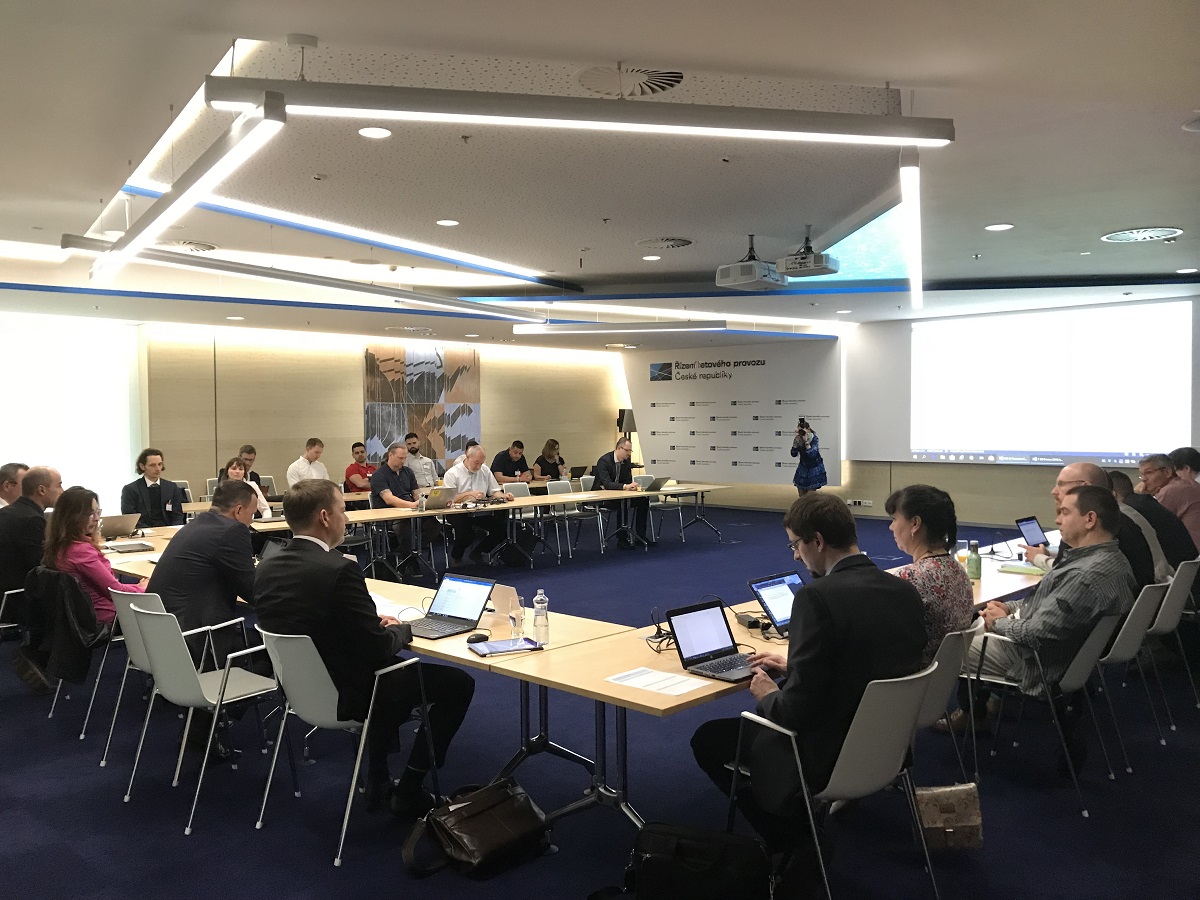The traffic challenge of the next few years and a possible common approach to developing agreements on controller working conditions, retirement age and fatigue risk management were some of the key workforce-related issues debated at the most recent social dialogue (SD) meeting held on April 12 in Prague.
Chaired by Jan Klas, Chief Executive Officer of ANS CR, there were also high level subjects on the agenda, such as progress on implementing FAB CE programmes, the Common Charging Zone Study results and the Air Traffic Safety Electronic Professional (ATSEP) Common Competence Scheme.
According to Jan Klas, FAB CE will be one of the busiest functional airspace blocs (FABs) in the next few years and its main priority is to cope with capacity requirements. Possible changes in airspace structure will be discussed during the next CEO Committee (CEOC) meeting and at State level. At the moment, the tools and procedures to deal with predicted traffic loads are being planned at a national level but common mechanisms should be developed during upcoming five to ten years.
Natasa Sumirat Adikusumah from Croatia Control presented a summary of studies performed in Croatia regarding air traffic controller (ATCO) working conditions, especially the causes behind and remedies to elevated stress levels. FAB CE ANSP representatives provided and compared information on retirement age and working conditions. Union representatives proposed that they start work on drafting an initial position paper for consideration by the CEOC.
Matej Eljon, FAB CE Programme Manager and director of FAB CE Aviation ltd, focused his presentation on progress of FAB CE projects and the results of inter-FAB initiatives.
Lubos Hlinovsky from ANS CR outlined the results of the recent Single Unit Rate Study. The main objective was to look at the benefits to all stakeholders of introducing a single unit rate but the research concluded there were no significant positives and the CEOC agreed that single unit rate would not be considered as a prerequisite to substantial airspace consolidation.
There were further discussions around the strategies being developed to meet the next round of cost-reduction targets set by the European Union – both at an ANSP and FAB level. The publication of RP3 targets has been scheduled for autumn 2018 and the topic will be discussed in more detail during upcoming SD forum scheduled for late autumn 2018.

